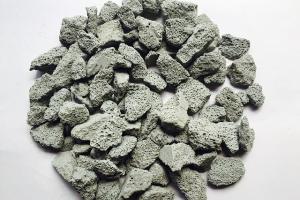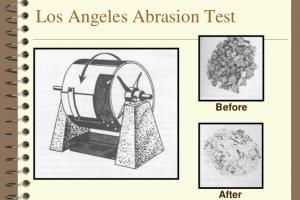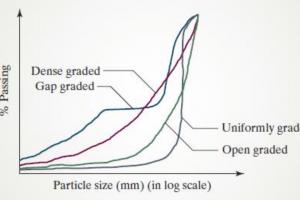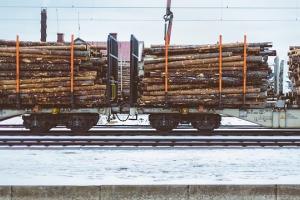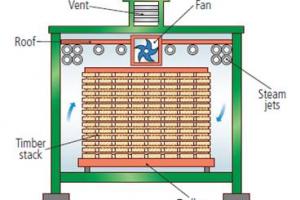Classification and Methods of Sawing Timber
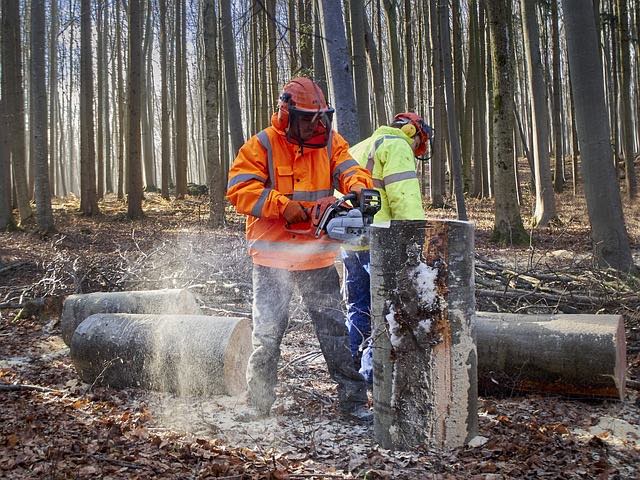
Classification of timber:
Wood suitable for building or other engineering works is called timber
-
When it forms a part of a living tree, it is called standing timber
-
When the tree has been felled, it is called rough timber
-
When it has been sawn to various market forms such as beams, battens, planks etc, it is called converted timber
Classification of Trees
Trees can be divided into the following groups
- Endogenous
- Exogenous
These are explained as below:
Trees which grows inward in a longitudinal fibrous mass, such as canes, bamboo, palms etc
Trees which grows outward from the centre in approximate concentric rings across the longitudinal section of the stem. Each ring representing a layer deposited every year. The properties of this wood enable it to be Extensively used in engineering works. Exogenous trees are further divided into
B-1) Conifer:
- Evergreen tree yielding softwood
- Trees with pointed leaves
- Pine, Chirr
B-2) Deciduous:
- Trees with broad leaves yielding hardwood
- Shed their leaves in winter (Sal, Sheesham etc)
Methods of Sawing Timber
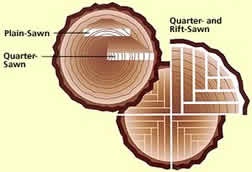
ORDINARY SAWN OR FLAT SAWN
-
- Parallel cuts made throughout the length of the log
- Cutting parallel slices of planks
- Easiest and economical method
- Shrinkage of sapwood more than the heartwood
- Causing warp and twisting of planks
QUARTER SAWING
- Tendency to cup i.e. to curve in a transverse direction
- When applied to wood, not having distinct medullar rays ► this method produces very fine wood
RIFT OR RADIAL SAWING
- Timber cut parallel to medullar rays and perpendicular to annual rings
3b ►least shrinkage but most wasted
3c ►limited rift is adopted
Greater decorative effect ►medullar rays pronounced
TANGENTIAL SAWING
- Boards or planks sawn tangentially to annual rings
- Not suitable for flooring
Planks cut by this method warp too much



